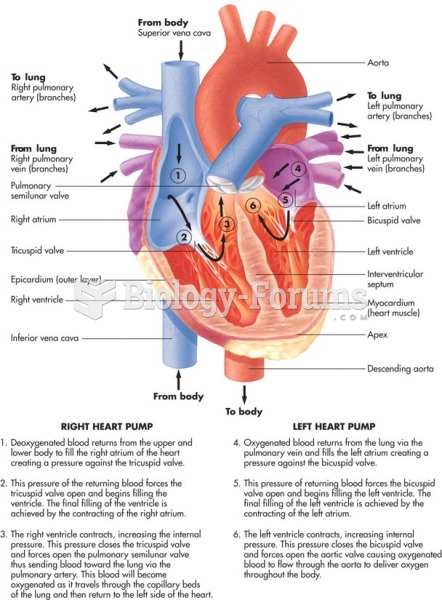This topic contains a solution. Click here to go to the answer
|
|
|
Did you know?
Atropine, along with scopolamine and hyoscyamine, is found in the Datura stramonium plant, which gives hallucinogenic effects and is also known as locoweed.
Did you know?
There are immediate benefits of chiropractic adjustments that are visible via magnetic resonance imaging (MRI). It shows that spinal manipulation therapy is effective in decreasing pain and increasing the gaps between the vertebrae, reducing pressure that leads to pain.
Did you know?
By definition, when a medication is administered intravenously, its bioavailability is 100%.
Did you know?
Medication errors are three times higher among children and infants than with adults.
Did you know?
The ratio of hydrogen atoms to oxygen in water (H2O) is 2:1.






